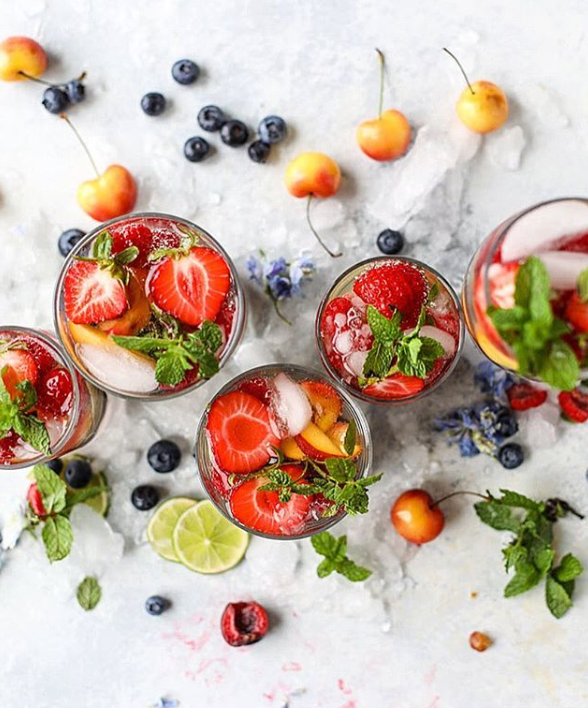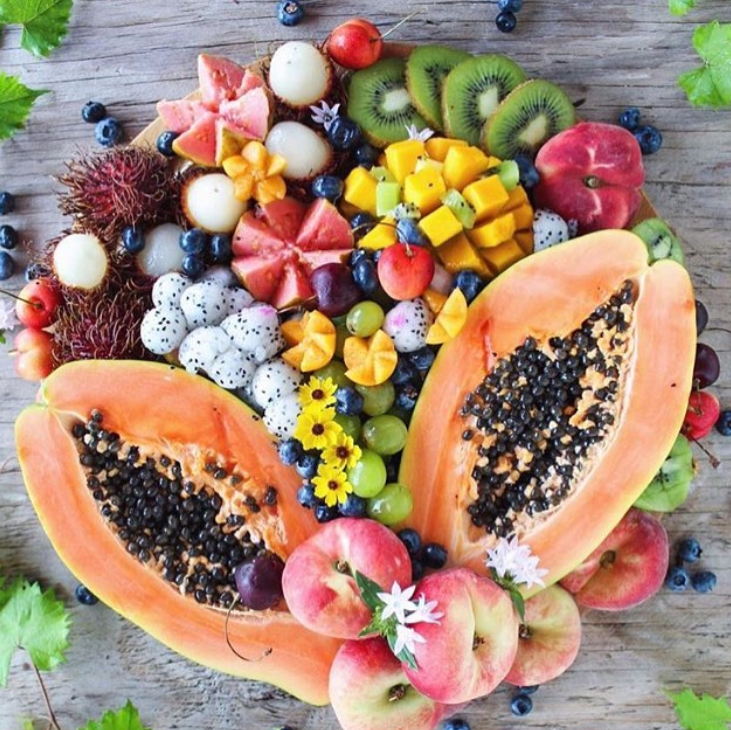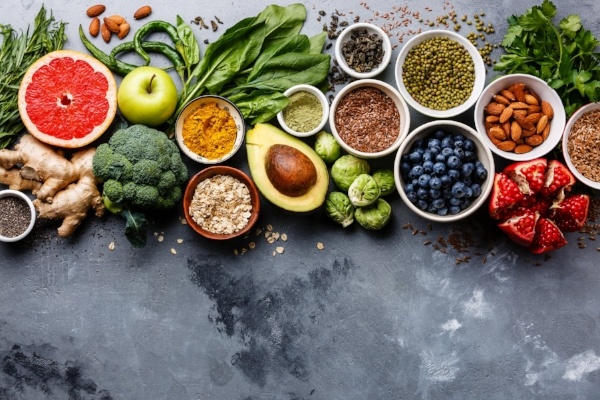Visual content has become a universal digital language – one that has the power to inspire, encourage, and ultimately change behaviors. As our industry becomes more and more fluent in visual content, the question that we find ourselves asking is if our photography preference to only using the best-looking fruits and vegetables will ultimately have negative consequences long-term in the store.
Our intentions in taking beautiful photos is something to be proud of – after all, the photos that we share in partnership with all of the other food curators across the digital landscape helps to inspire fresh choices. However, if we as an industry – the leading voice in fresh – are producing photos that only have the highest standard visual representation of our products, is that truly an authentic depiction of what shoppers will find in the store? Or are we potentially scaring people away from a slightly discolored or misshapen piece of produce because it doesn’t reflect what they’ve been consuming visually through our digital content?
Here’s what we know:
- People eat with their eyes. Studies have found that we psychologically respond more favorably to visually attractive things – people, food, art, etc.
- Food photography evokes emotion and creates a visual experience that people can relate to their consumption habits.
So how do we find a happy medium if the goal is to create a culture of shoppers who actively engage with our beautiful photography, while also understanding the value in having an orange with a scar on it, or a cucumber that’s not perfectly symmetrical?
Pro-Level Photography Using “Imperfect Produce”
We believe that it’s absolutely possible to have high-quality, captivating recipe and product shots, while still showcasing a variety of product quality. Now, don’t think that means we believe a great photo should include an over-ripened browning avocado, or a black-spotted banana. What it DOES mean, however, is that a slight scar or beauty spot on your produce can help showcase the vast opportunities to use perfectly good fruits and vegetables that will likely look like what is in the stores.
Here are some examples of high-quality food photography with imperfect product:
We love the gorgeous colors in this photo, but some of the cherries have slight scarring and strawberries all have unique coloring inside.

Courtesy of @howsweeteats Instagram
This tropical fruit display is still a beautiful photo, even with different coloring on the peaches, imperfect cuts of fruit, and scarring in the papaya.

Courtesy of @eatingwell Instagram
A gorgeous salad and ingredients, we appreciate the uniqueness of each ingredient – from different sized tomatoes, to radishes, to slightly speckled avocado.

Photo courtesy of @brookelark Instagram
Our thought is simply this: if you’re looking to get shoppers to purchase your products, then your digital assets should reflect what an average consumer might see in their local grocery store. We know that millennials and Gen Z, more than any other generations, can see right through marketing tactics and over-produced visual content.
Like what you read, or want more information? We’d love to know! Leave us a comment below or reach out to us on Twitter at @TheCoreBlog to share your thoughts!
{{cta(‘fbc3d34f-cf67-49f8-9826-6a9a4c06733c’)}}












